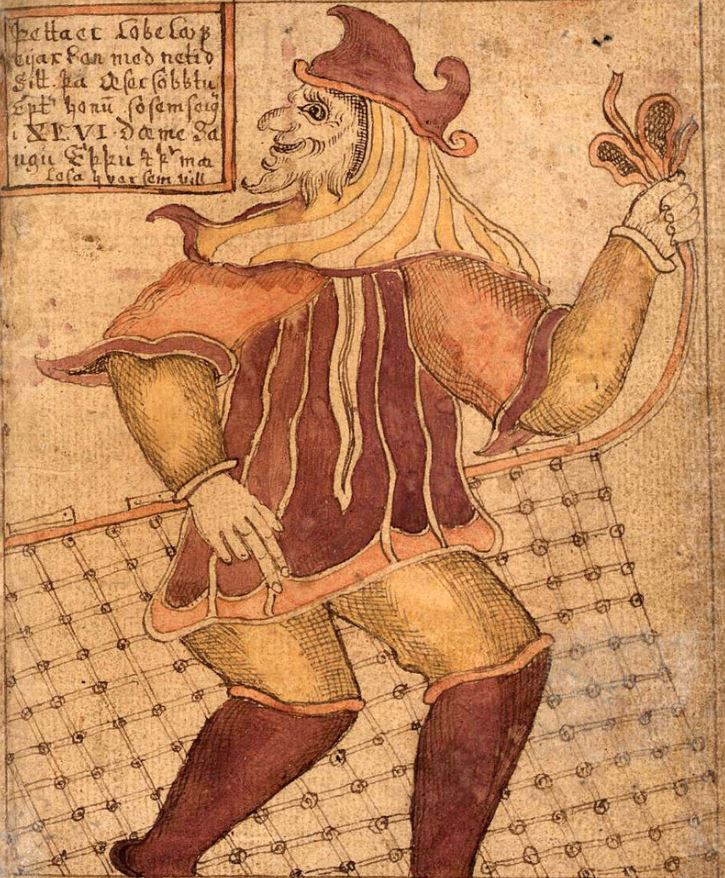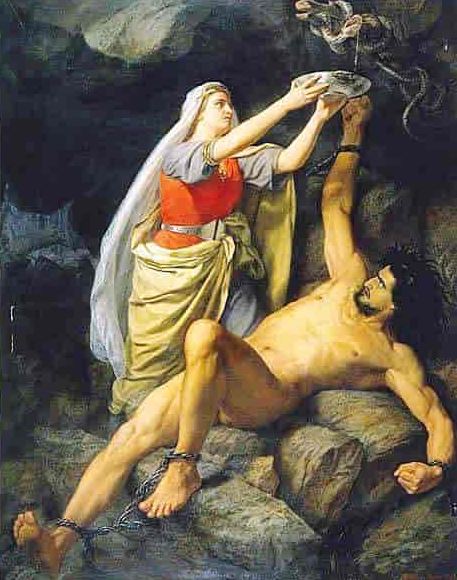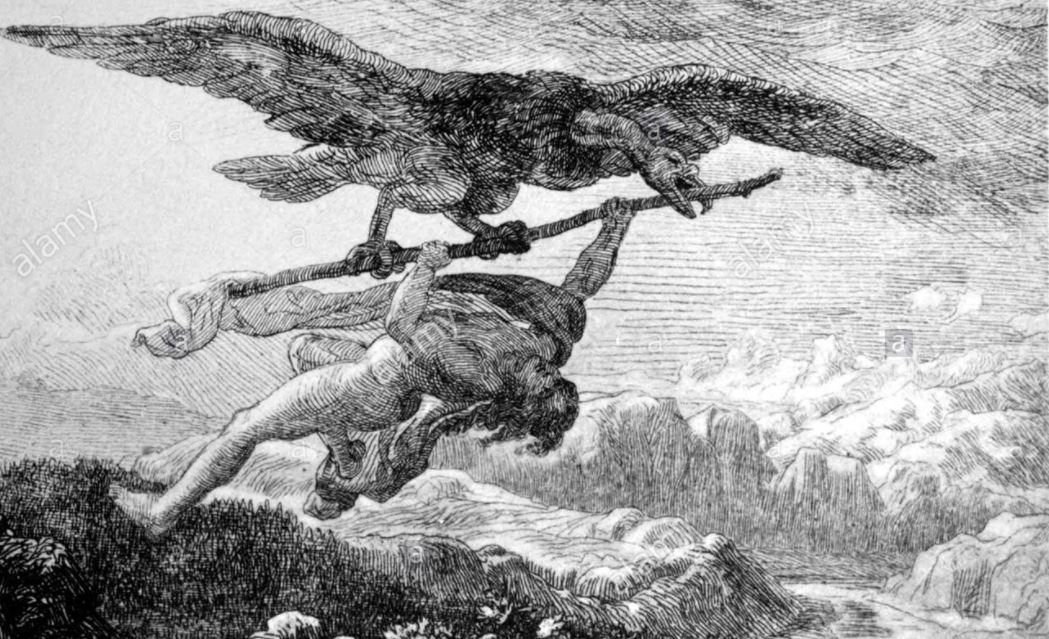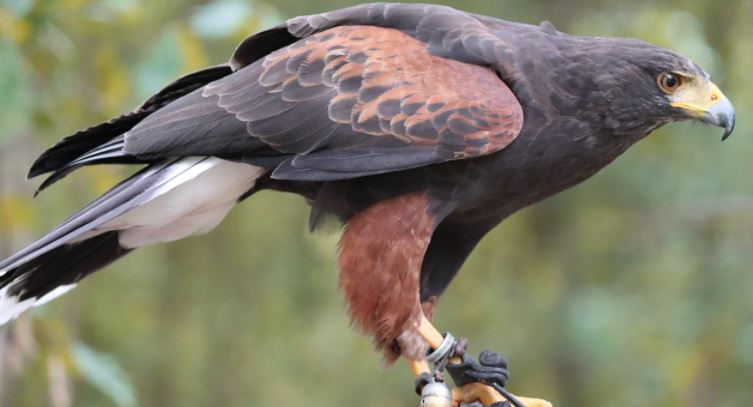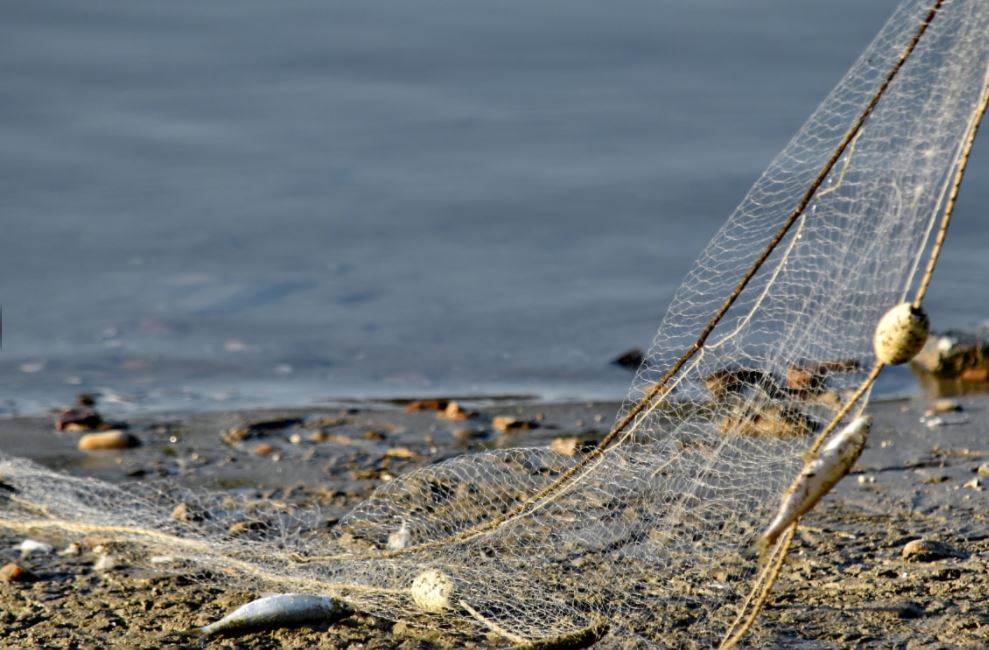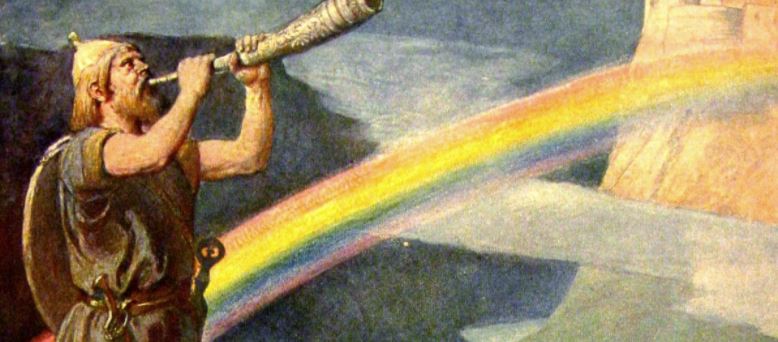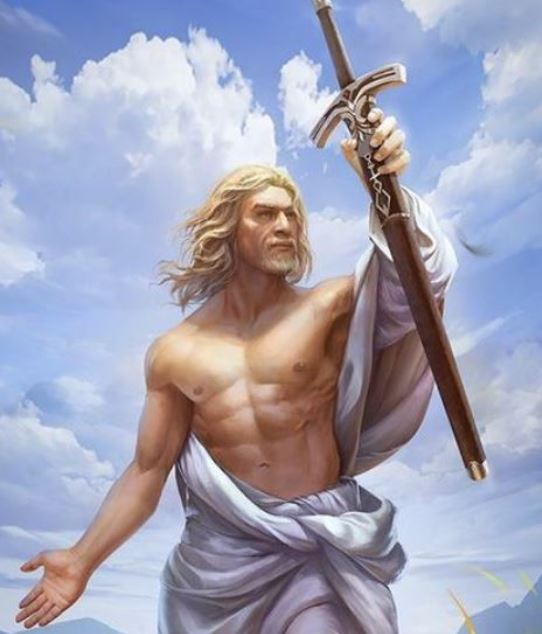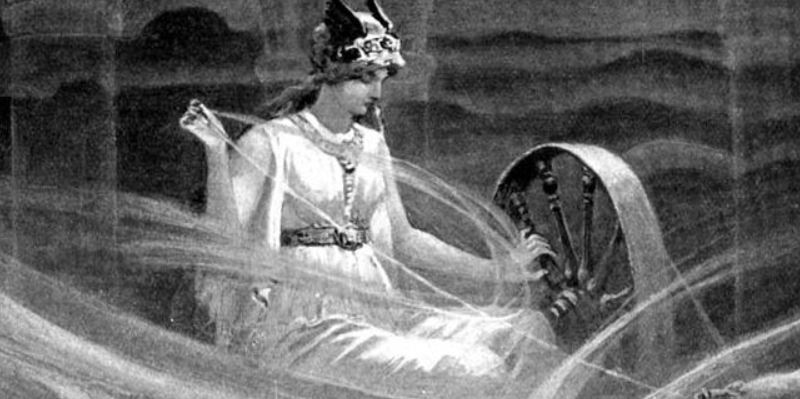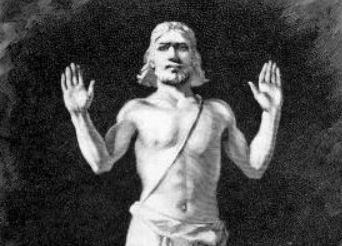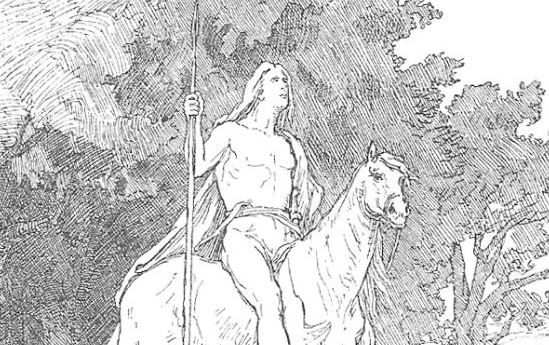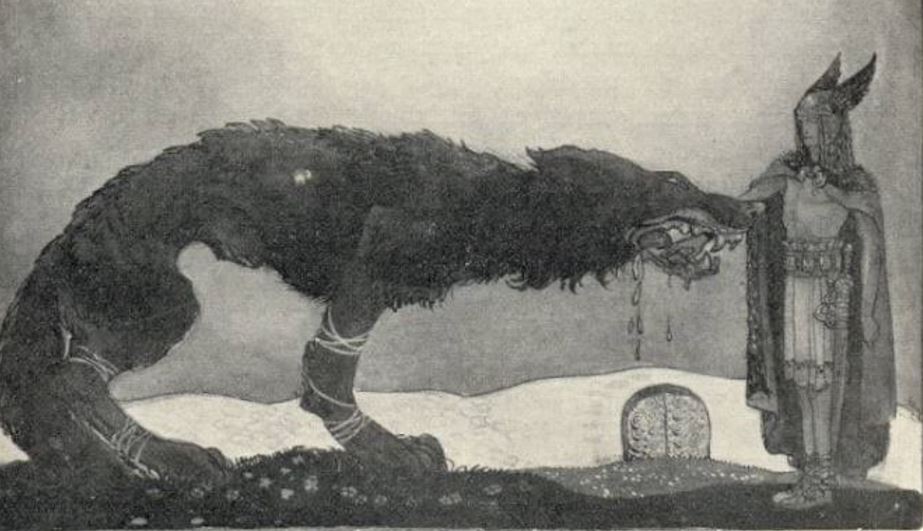Norse God Loki, God of Mischief and Chaos
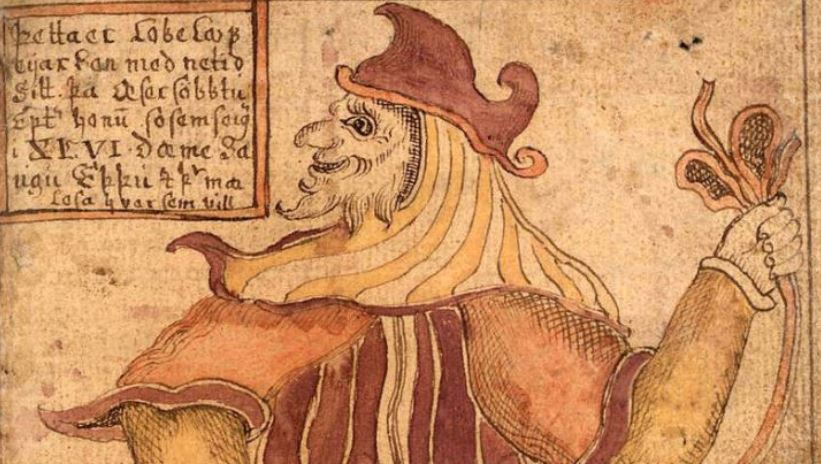
The Norse god Loki is one of the most peculiar gods in the pantheon of the Norse religion. He appears in many myths, but his role in these stories is never positive.
Sometimes he helps the other gods, but he is usually forced by them to do so just in order to make amends for an error of his own, like in the story of the kidnapping of Idun.
In other tales, the Norse god Loki commits criminal acts against the gods without a real reason, like in the myth of the killing of Baldur.
This act, besides being atrocious in itself, was also considered to be the first in the chain of events that eventually led to the Ragnarok, the battle which would have put an end to the gods and to the entire Universe.
The fact that, in this battle, the gods were bound to perish by the hand of the Norse god Loki and of his monstrous sons is probably the greatest proof of the negative character embodied by Loki.
A picture of Loki the Viking god with his main symbol, the fishnet
What is Loki the god of?
Being a negative and antagonist force, we could say this god is usually known as Loki god of mischief, or Loki god of lies.
However, trying to simplify his complex personality, we could call him Loki god of Chaos.
Norse god Loki: Origin of the Name
The origin of the name of the Norse god Loki has been widely debated by scholars, but a definitive solution to the problem has not been given yet, and some think that it will never be, due to the lack of sources.
The most convincing hypothesis links the name to the Icelandic word for “knot”, “loop” or “tangle”.
History of Loki god of mischief and Most Important Myths Related to Him
The origin of the Norse god Loki is quite obscure.
His father would have been the giant Farbauti, and his mother would have been an entity of unknown origin, called Laufey in some sources and Nal in some others.
He would have had a wife called Sigyn, from whom he would have had a son by the name of Nari or Narfi.
Sigyn was said to be incredibly devoted: when the gods, mad with anger for the killing of Baldur, bound the Norse god Loki in a cave with a poisonous snake above his head, Sigyn would have spent all of her time with her husband, collecting the venom in a pot to spare him the pain it would have caused to him.
Sigyn protecting the god of mischief Loki from the venom’s snake
The Viking god Loki was said to have had, from the giantess Angrboda, other three children: Fenrir and Jormungand, who would have played an important role during Ragnarok, and Hel, who would have become the goddess of the Underworld.
It is interesting to note that Loki god of chaos was also the mother of one of his sons: after having taken the form of a mare, in fact, he managed to be impregnated by the stallion Svadilfari, and therefore to give birth to the eight-legged horse of Odin, Sleipnir.
This story, better maybe than any other, underlines the chaotic nature of Loki, capable of turning the laws of Nature themselves upside down.
Trickery and maliciousness were surely among the principal traits of the Norse god Loki’s personality, but he was also a coward, as exemplified by the following myth.
The Kidnapping of Idun
Norse gods were said to be always young and strong.
Anyway, this characteristic was not innate but was granted by the peculiar food they ate: the fruits provided by the goddess Idun were in fact responsible for the prodigy.
The god of mischief Loki was once wandering through a wasteland together with the All-Father Odin and Hoenir. At a certain point, the three gods killed an ox and put it on the fire to prepare dinner, but the fire seemed unable to cook the meat.
An eagle at this point talked to them, saying that it was preventing the meat from being cooked thanks to its magic spells. Reluctantly, the gods agreed to divide the ox with the eagle if it would have let it be cooked.
When the time for the division came, the eagle took for itself the best part. The Norse god Loki said that this was beyond their agreement, and attacked the eagle with a branch. The eagle took one end of the branch and flew away, with the Viking god Loki still holding the other end.
The god Loki, scared, begged the eagle to put him down again. The eagle revealed that he was actually the giant Thjazi in disguise, and said that he would have spared the god of mischief Loki if he would have brought to him the goddess Idun and her magic fruits.
The Norse god Loki and the giant Thjazi
Loki agreed and was therefore able to come back to Asgard with his companions. Once there, he tricked Igun, telling her that he had discovered a land where there was food even more powerful than that she fed the gods with.
He asked her to follow him there with some of her fruits to make a comparison. She agreed, so Loki god of chaos and mischief could bring her to Thjazi who kidnapped her.
As a consequence of Idun’s absence, the gods grew old, so they started looking for her. Having discovered that she had been last seen with the god of mischief Loki they manaced him of great tortures if he would not have revealed to them where she was.
In the end, the Norse god Loki said the truth, so the gods decided that if he could not bring Idun back, they would have killed him. Loki agreed to try, so the goddess Freya gave him her hawk feathers, allowing him to transform into a hawk.
One of the disguises of Loki god of chaos
In this form, the Viking god Loki was able to reach Thjazi’s palace. He changed Idun into a nut, took her in his talons, and started his flight back to Asgard. Thjazi pursued him, but the god of mischief Loki managed to reach his home.
The gods created a wall of fire soon after his arrival and burnt Thjazi as he tried to follow Loki behind Asgard’s walls.
Powers of Loki god of chaos and lies
As a trickster god, Loki was thought to be able to change his appearance so that even the gods could not recognize him.
He was considered a coward, a god lacking the valor and braveness so important for ancient Norse people.
Anyway, in some myths, he played the role of the frightening foe, too. For example, he would have killed Heimdall, the dutiful sentinel of the gods, during Ragnarok, being killed by him in his turn.
Symbols of Loki and Their Meanings
The trickster god Loki main symbol seems to have been the fishnet.
He was sometimes portrayed while crafting this object and, accepting the interpretation of the word “Loki” given above, it could have even lent him his name, considering that fishnets are made of knots and loops.
Let’s see the meaning of this symbol in detail.
Loki Norse Mythology Symbol: The Fishnet
Fishnets are instruments used by fishermen to trap fishes and, therefore, are a quite clear allegory of trickery and betrayal.
The fishnet: one of the main Loki god of mischief symbols
As such, it is plausible that they had become the symbol of the traitor of the gods, who so many traps had laid to them.
According to another interpretation the net, with all its tangles and loops, would represent the deviation from the straight line that the gods and their story would have followed, was not for the Norse god Loki’s presence.
Additional Facts about Loki god of chaos
We have talked about the punishment that the gods inflicted on the Norse god Loki after the killing of Baldur, binding him in a cave.
The theme of the binding has attracted particular attention from scholars. Some of them have made a connection between Loki and Prometheus, who also was bound to a rock by the gods as a form of punishment.
Interestingly, both characters were also linked to fire. These hints suggest that the figure of Loki could have actually been imported from regions distant from those that are today more tightly associated with it.

